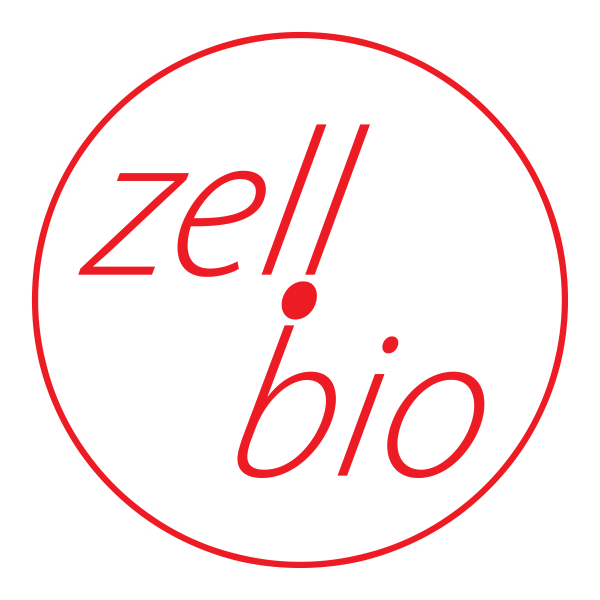TSE Certificates (Transmissible Spongiform Encephalopathy) come packaged with products that could potentially have TSE risk, such as BSA (Bovine Serum Albumin), but some people don’t know what the certificate means or why it is so important.
If you’re shopping for bovine-derived reagents for your research, you’ve probably come across a mention about being ”TSE Compliant” quite a few times, but wondered what that meant or why it matters. I’ll discuss what it means to be TSE (Transmissible Spongiform Encephalopathy) compliant and why TSE certificates are so important.
TSE compliance certificates are a type of CEP (Certificate of Suitability to the European Pharmacopoeia), which are used to maximize safety when handling material that may have been contaminated.
Any material with a TSE CEP has been confirmed by the European Directorate for the Quality of Medicines to be suitably controlled by the relevant monographs established by the European Pharmacopoeia. What this means is that the substance is compliant with the standard measures used to minimize the risk of TSE contamination. These CEPs show that a chemical product fulfills the standards required by the European Pharmacopoeia as well as the standards set in countries such as the FDA for the United States. Minimizing the risk of TSE contamination in products like GoldBio’s Bovine Serum Albumin is extremely important to human safety, but why?
TSEs are diseases caused by prions which lead to degeneration of the nervous system. Some examples of TSEs include Creutzfeldt-Jakob disease, scrapie in sheep and bovine spongiform encephalopathy (commonly referred to as mad cow disease).
In the 1980s, when the first TSE epidemic occurred, scientists began focusing more of their time and effort to understand these conditions (Prusiner, 2006). In the UK, it was discovered that cattle were being fed with a supplement containing sheep products, supporting the theory that bovine spongiform encephalopathy arose due to ingestion of scrapie-infected sheep. Rules and regulations began to be put in place by the governing bodies in the UK and research of the topic continued to increase. By the 1990s, a link between the human form of mad cow disease, Creutzfeldt-Jakob disease, and BSE from ingestion of beef was found (Almond et al., 1995).
With the link between BSE and Creutzfeldt-Jakob being discovered, scientists confirmed that horizontal transmission of TSEs from animals to humans can occur (Almond et al., 1995).
This is of great concern when working with certain animal-derived reagents in the lab because there is currently no cure or treatment for TSEs. With an incubation period of months to decades, the nervous system is highly affected at the time of prion disease diagnosis. Once symptoms become apparent, the prognosis is not good—patients usually die within months to a few years.
Although the prevalence of TSEs is low globally, it is important to take precautions to ensure their spread is minimized (WOAH, 2018). Many scientists work directly with products derived from bovine serum and this would be reason for concern if TSE compliance had not been developed.
It is important to remember, however, that many materials used in labs are synthetic or derived from animal tissues that do not pose a risk of contracting a prion disease so not all products will be TSE certified. It is important, however, to ensure TSE compliance when purchasing products like BSA, especially if purchasing from Europe or other countries where there is a higher risk of TSE contamination.
Next time you see a TSE Certificate when opening a new shipment of Bovine Serum Albumin from GoldBio, you can be glad to know that it is TSE CEP certified. Our BSA is protease free and certified TSE CEP compliant, manufactured in the United States in a closed loop system from USDA-inspected, healthy animals.
References:
Almond, J. W., Brown, P., Gore, S. M., Hofman, A., Wientjens, P. W., Ridley, R. M., … & Tyler, K. L. (1995). Creutzfeldt-Jakob disease and bovine spongiform encephalopathy: any connection?. BMJ: British Medical Journal, 311(7017), 1415.
Center for Disease Control and Prevention. (2021). BSE in North America. Retrieved from: https://www.cdc.gov/prions/bse/bse-north-america.h…
Dudhatra, G. B., Kumar, A., Modi, C. M., Awale, M. M., Patel, H. B., & Mody, S. K. (2013). Transmissible Spongiform Encephalopathies Affecting Humans. ISRN Infectious Diseases, 2013, 1-11. https://doi.org/10.5402/2013/387925
European Food Safety Authority (EFSA). (2021). The European Union summary report on surveillance for the presence of transmissible spongiform encephalopathies (TSE) in 2020. EFSA Journal, 19(11). https://doi.org/10.2903/j.efsa.2021.6934
Gore, S. M. (1995). More than happenstance: Creutzfeldt-Jakob disease in farmers and young adults. BMJ, 311(7017), 1416-1418. https://doi.org/10.1136/bmj.311.7017.1416a
Harrison, P. J. (1997). BSE and human prion disease. British Journal of Psychiatry, 170(4), 298-300. https://doi.org/10.1192/bjp.170.4.298
Prion Disease – History. (2010, February 1). Retrieved June 17, 2016.
Bovine Spongiform Encephalopathy. (2016, March 17). Retrieved June 17, 2016.
Section VIII-H: Prion Diseases. (n.d.). Retrieved June 17, 2016.
Ramachandran, T. S., et. al. (2014, October 27). Prion-Related Diseases. Retrieved June 17, 2016.
Prusiner, S. B. 6 Reporting Foodborne Threats: The Case of Bovine Spongiform Encephalopathy (BSE).
World Organization for Animal Health. (2018). Bovine spongiform encephalopathy. Retrieved from: https://www.woah.org/en/disease/bovine-spongiform-…
 Rebecca Talley GoldBio Staff Writer |
Rebecca is a medical student at the University of Missouri. |
Category Code: 79104, 79107, 79108, 79109

